We may earn money or products from the companies mentioned in this post. This means if you click on the link and purchase the item, I will receive a small commission at no extra cost to you … you’re just helping re-supply our family’s travel fund.
The Middle East is one of the most historically and culturally significant regions in the world. It’s where ancient civilizations flourished, religions were born, and trade routes shaped global history. Across deserts, mountains, and coasts, these countries hold remarkable treasures—ruins of empires, architectural marvels, diverse languages, and time-honored traditions. From bustling bazaars to sacred mosques and sun-washed ruins, the Middle East is more than a crossroads—it’s a living tapestry of human achievement. These nine countries invite travelers to explore the depth, color, and complexity of heritage shaped over thousands of years.
1. Egypt
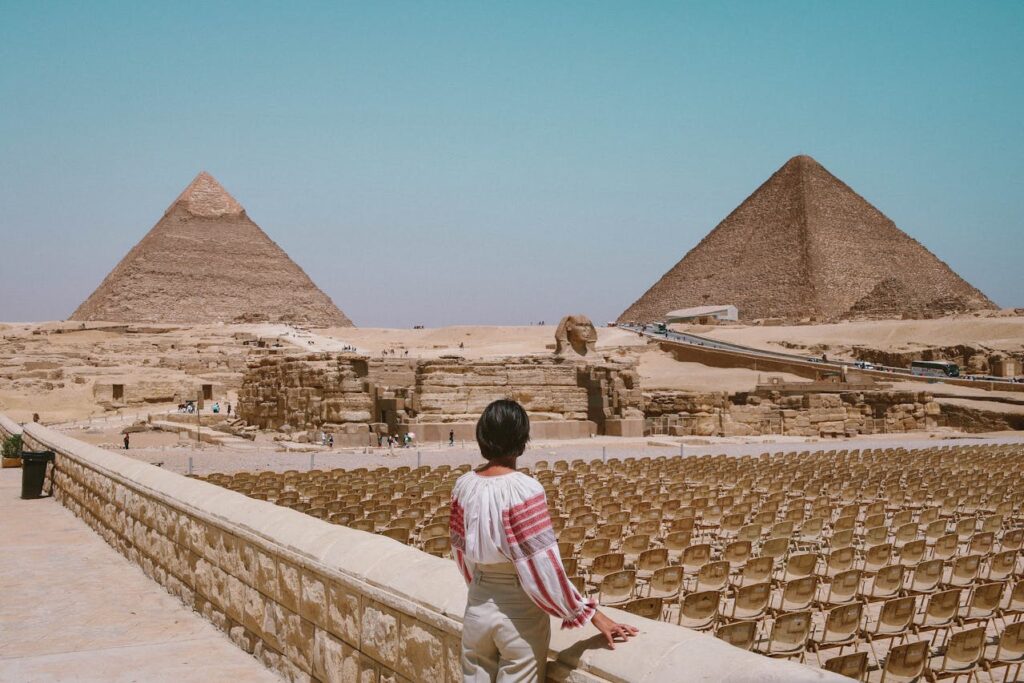
Egypt’s cultural legacy spans millennia, rooted in one of the world’s oldest civilizations. The towering pyramids of Giza, the mysterious Sphinx, and the sprawling temples of Luxor are only the beginning. Along the Nile, ancient hieroglyphs and tombs echo stories of pharaohs and gods. Beyond antiquity, Egypt’s Islamic and Coptic Christian heritage is reflected in Cairo’s mosques, churches, and vibrant neighborhoods. From traditional Nubian villages to Mediterranean-influenced Alexandria, Egypt blends mythology, faith, and resilience—offering a living link between ancient wisdom and modern identity in every stone and story.
2. Iran
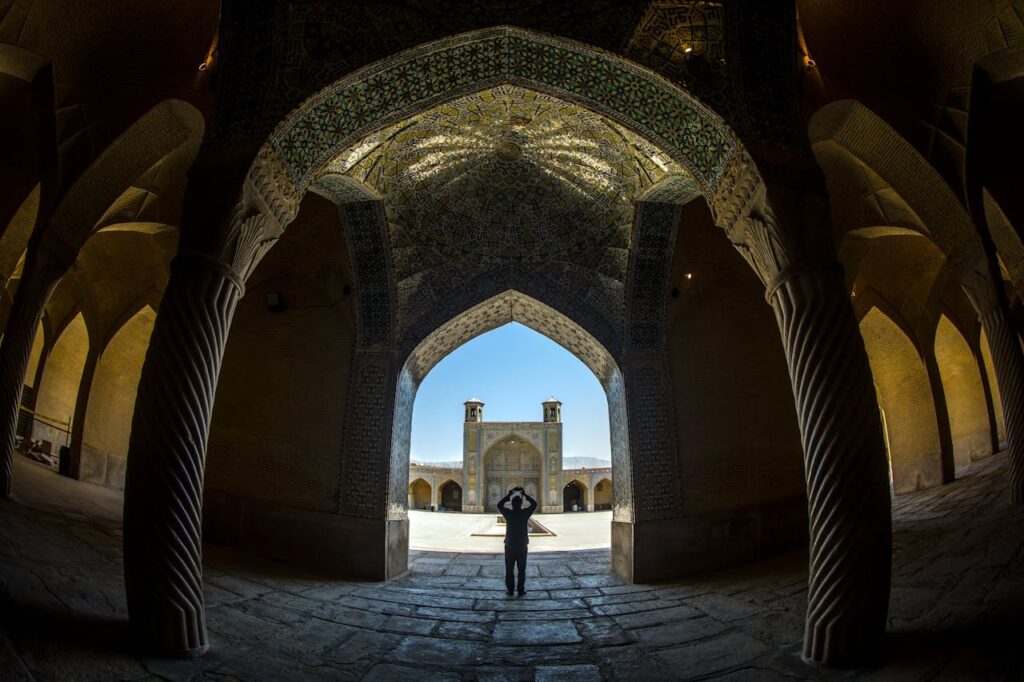
Iran’s cultural tapestry weaves together Persian poetry, Islamic art, and millennia of innovation. The ruins of Persepolis reflect the grandeur of the Achaemenid Empire, while Isfahan’s turquoise domes and intricate mosaics showcase Islamic craftsmanship at its finest. Persian gardens, calligraphy, and carpet-making continue to thrive, preserving ancient aesthetics. The legacy of poets like Rumi and Hafez permeates daily life. Despite modern changes, Iran remains a wellspring of language, philosophy, and visual beauty—an enduring testament to a civilization that has influenced the world’s culture, literature, and artistic expression for centuries.
3. Jordan
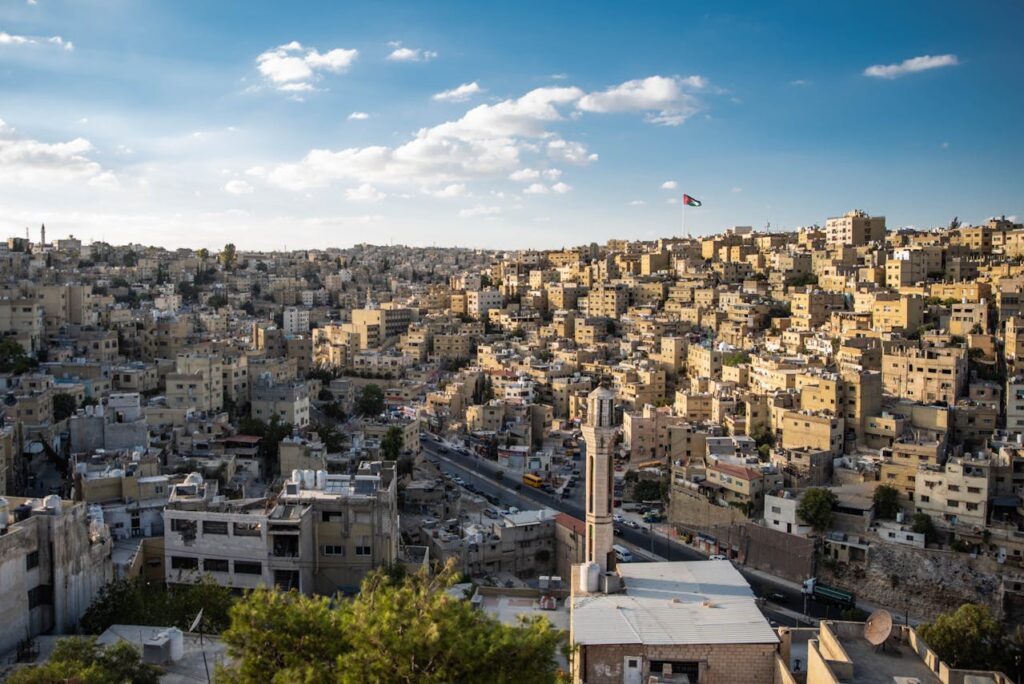
Jordan’s heritage is carved into the rose-red cliffs of Petra and whispered through the winds of Wadi Rum. The Nabatean ruins of Petra reflect a sophisticated ancient society, while Roman theaters and Byzantine churches reveal layers of influence. The Dead Sea’s biblical associations and Amman’s modern vibrancy blend old and new seamlessly. Jordan’s Bedouin culture, with its music, storytelling, and hospitality, keeps nomadic traditions alive. Whether exploring crusader castles or savoring Mansaf with locals, Jordan offers an intimate look into a region where ancient history and enduring customs remain deeply rooted.
4. Lebanon
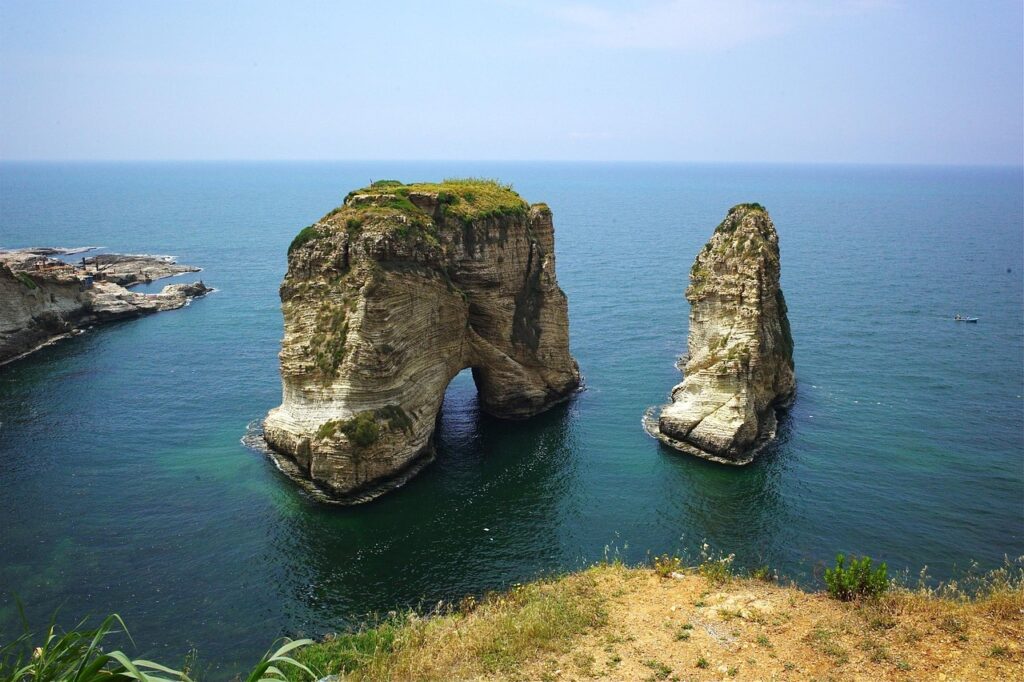
Lebanon’s cultural richness arises from its unique role as a crossroads of civilizations. From Phoenician port cities like Byblos to Roman temples in Baalbek and Ottoman-era souks in Tripoli, its layered history is breathtaking. Beirut, once called the “Paris of the Middle East,” pulses with creative energy, blending Arabic traditions with French and Mediterranean influences. Cuisine, literature, and music remain central to Lebanese identity, and religious diversity shapes its social fabric. Lebanon’s beauty lies in its complexity—a small nation with a vast legacy of cultural depth, resilience, and artistic expression.
5. Iraq

Often called the cradle of civilization, Iraq is home to the ancient lands of Mesopotamia—where the first writing systems, cities, and legal codes were born. The ruins of Babylon, Nineveh, and Ur reflect its foundational role in human history. Baghdad, once the intellectual heart of the Islamic Golden Age, fostered advancements in science, literature, and philosophy. Despite modern struggles, Iraq’s cultural soul persists through music, poetry, crafts, and storytelling. Its people carry the weight and wonder of a civilization that shaped the world’s earliest forms of government, culture, and learning.
6. Syria
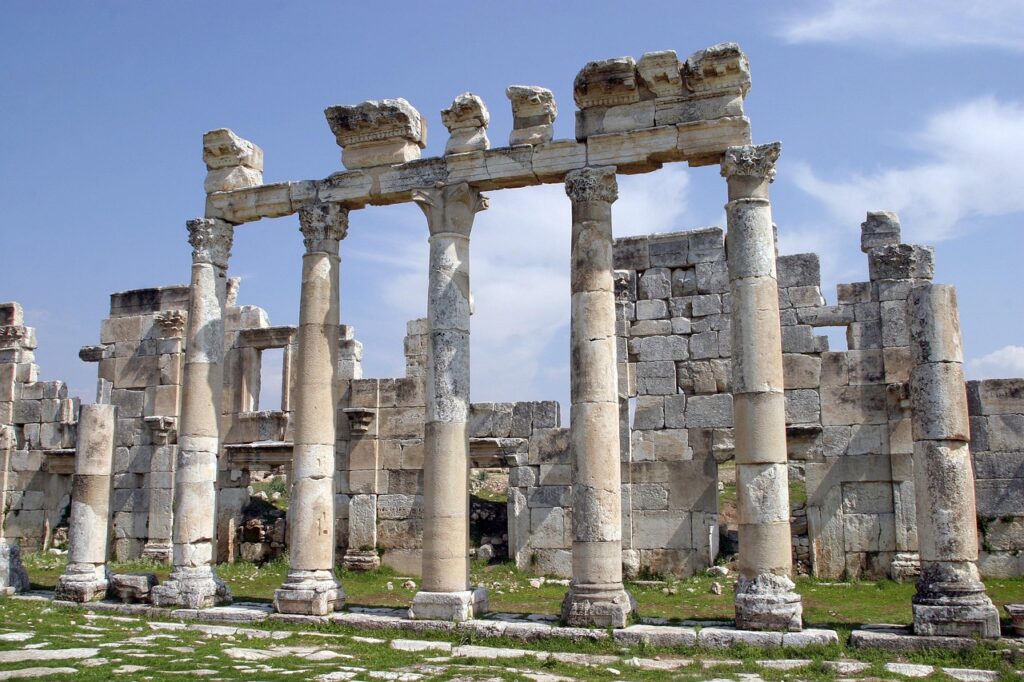
Syria’s cultural heritage spans thousands of years and countless empires. From the ancient city of Damascus—one of the world’s oldest continually inhabited capitals—to the Greco-Roman ruins of Palmyra and Crusader castles like Krak des Chevaliers, Syria reflects a rich mosaic of civilizations. Islamic art, Christian relics, and traditional crafts still endure despite the toll of conflict. Syrian cuisine, textiles, and oral traditions remain vital, passed down through generations. Even amid adversity, Syria’s cultural legacy endures, a powerful reminder of human creativity, endurance, and the deep roots of Middle Eastern history.
7. Saudi Arabia
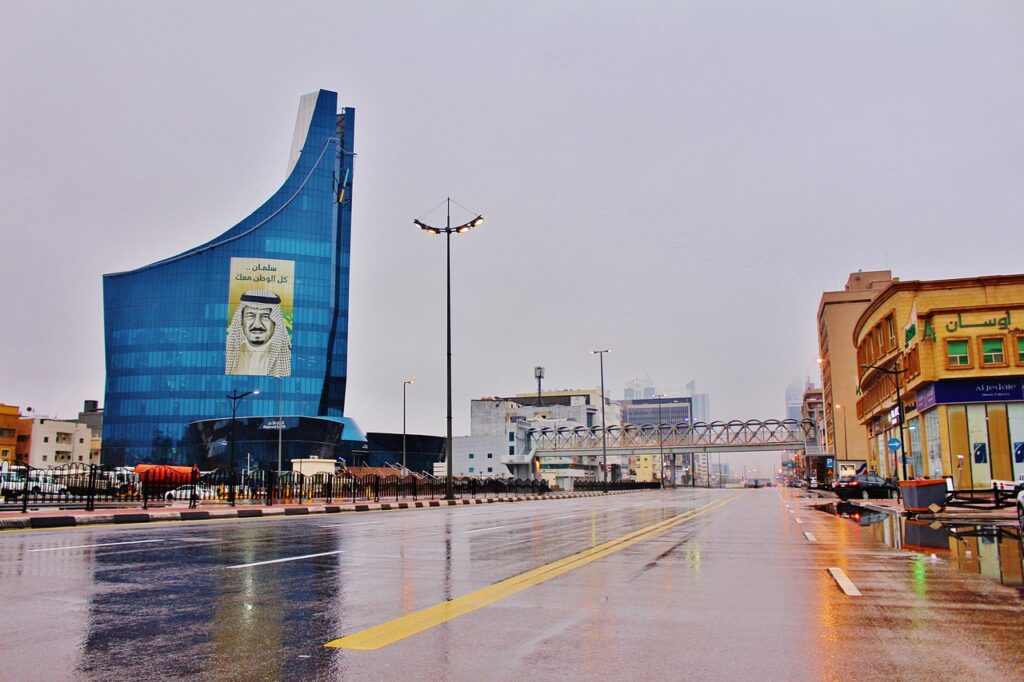
Saudi Arabia’s heritage is deeply intertwined with the Islamic world—it is home to Mecca and Medina, Islam’s holiest cities. Yet its cultural richness extends far beyond pilgrimage. The Nabatean city of AlUla reveals pre-Islamic history, while Riyadh and Jeddah showcase a dynamic blend of tradition and modernization. Bedouin poetry, falconry, and storytelling reflect nomadic customs still alive in the desert. As the Kingdom opens more historical sites to the world, its diverse regional traditions—from the Hejaz to the Najd—are gaining international recognition, offering insight into a complex and evolving cultural identity.
8. Turkey
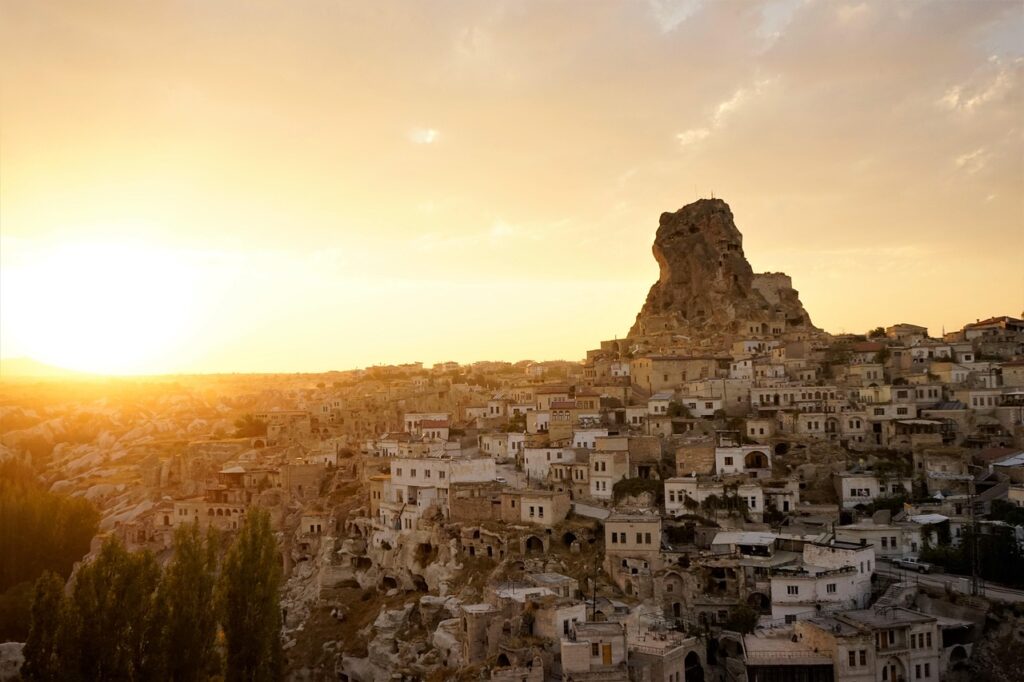
Straddling Europe and Asia, Turkey is a land where empires converged and cultures coalesced. From the Byzantine mosaics of Hagia Sophia to the Ottoman grandeur of Topkapi Palace, Istanbul alone tells centuries of stories. Cappadocia’s cave dwellings, Ephesus’s ancient ruins, and Anatolian folk traditions reflect layers of influence—from Hittites to Romans and Seljuks. Turkish cuisine, textiles, and music embody a fusion of regional identities. Whether sipping tea in a bazaar or wandering through historic mosques, Turkey offers a sweeping cultural journey that spans continents, religions, and eras of remarkable change.
9. Oman
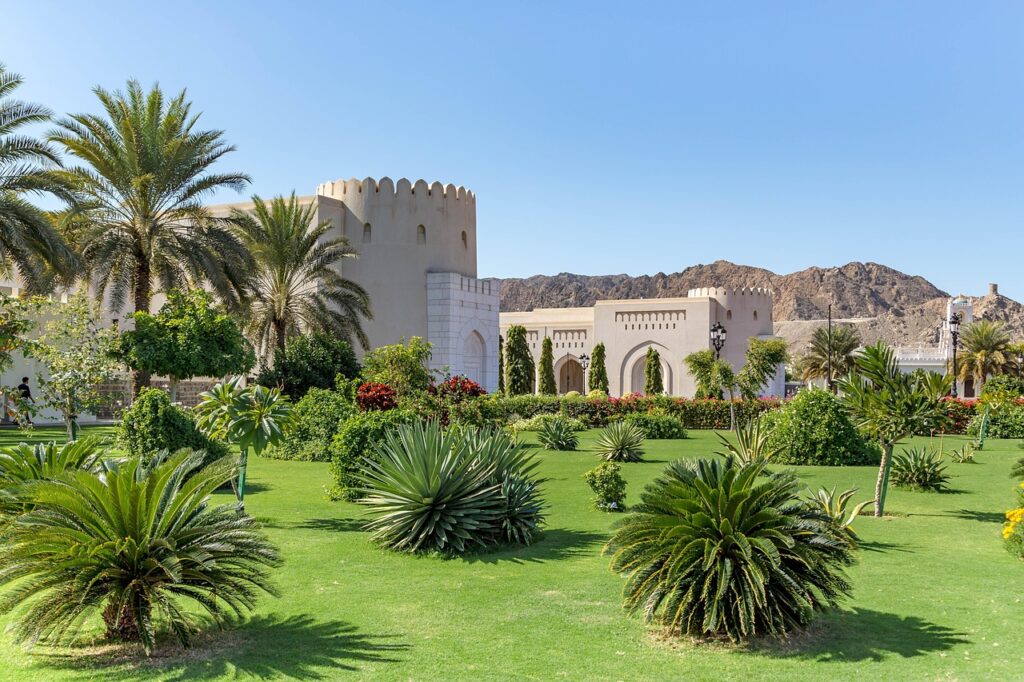
Oman’s heritage lies in its seafaring legacy, desert traditions, and architectural harmony. Forts, souks, and watchtowers dot the landscape, telling stories of a kingdom shaped by trade and diplomacy. The old city of Nizwa, the mud-brick settlements of Misfat al Abriyeen, and Muscat’s elegant mosques reveal a culture steeped in dignity and craftsmanship. Oman maintains a strong connection to its Bedouin roots while embracing sustainable modern development. Music, storytelling, and frankincense production are cultural staples. With its quiet elegance and unspoiled heritage, Oman offers a contemplative look into Arabia’s enduring soul.
Other Blog Posts You Might Enjoy
www.idyllicpursuit.com (Article Sourced Website)
#Middle #Eastern #Countries #Rich #Cultural #Heritage #Idyllic #Pursuit
